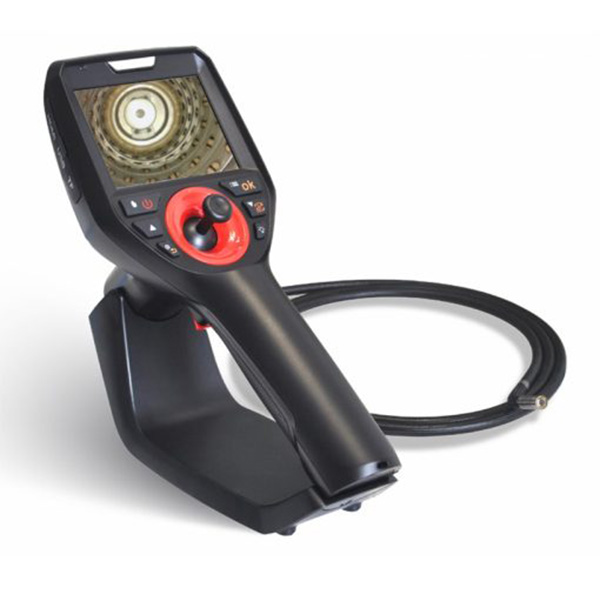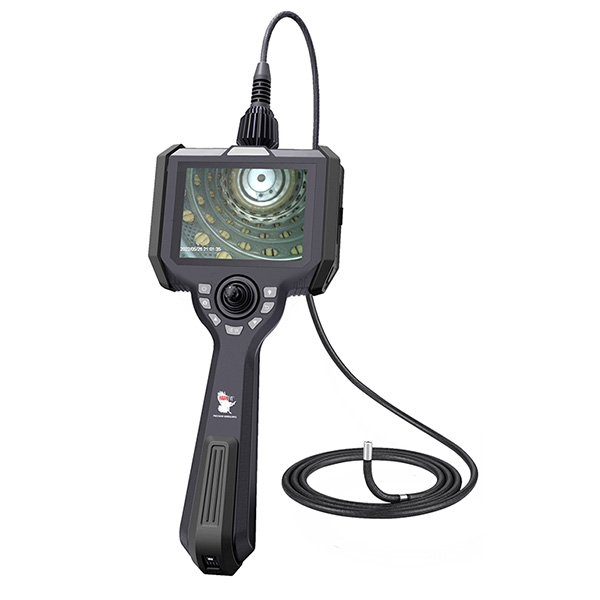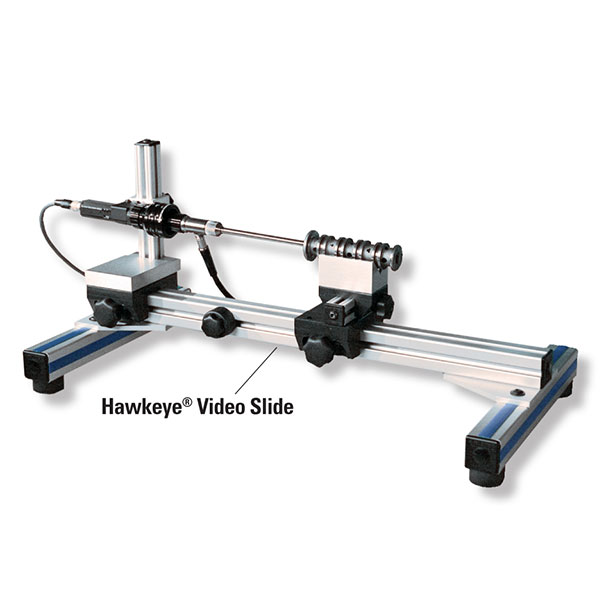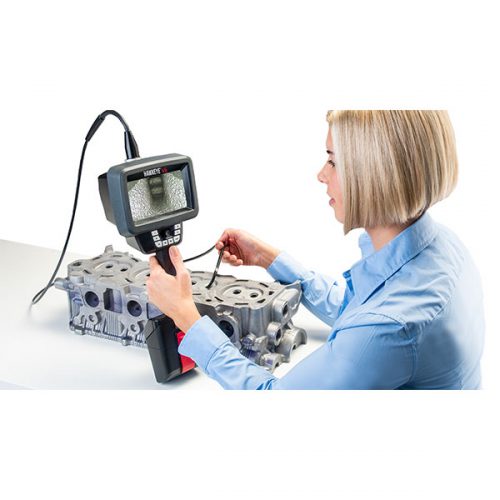Hawkeye E-Series Video Borescope
4-way articulating E-Series Video Borescope in 2mm and 2.8mm
The Hawkeye E-Series Video Borescope transitions users from a fibre-based solution to modern-day video inspection. The small diameters of the E-Series Borescope, at just 2mm and 2.8mm allow the remote visual inspection of small parts and components. 4-way joystick articulation provides extreme ease of use and allows for high-resolution image and video capture of hard-to-reach areas.
The 4-hour battery life of the E-Series Video Borescope, combined with a compact, portable and durable design makes it suitable for on-the-go industrial inspections in challenging environments. Used within automotive, aerospace and precision manufacturing applications, the E-Series Industrial Borescope boasts technological advancements over previous V2 and V3 models. This industrial borescope generates quality optical images during airframe inspections, tube inspections, engine inspections, orbital weld pipe inspections and more.
Not only is the E-Series Video Borescope easy to use, the insertion tube has been designed so that it can be easily exchanged, helping to minimise repair downtime. The E-Series is supplied as a kit which includes a micro-SD card, a micro-SD to USB converter, tabletop stand, battery and charger and a rugged carry case.
Specifications
- Sharp, clear image quality
- Adjustable super-bright LED illumination
- Durable IP67 tungsten braided vision tube
- 3.5" HD display
- Joystick controlled 4-way articulation
- Supplied as a kit which includes a micro-SD card, a micro-SD to USB convertor, tabletop stand, battery and charger and a rugged carry case.
- Diameter: 2.0 and 2.8mm
- Lengths: 1m, 2m, 3m (2.0mm only)
- Field of View: 100° diagonal
- Direction of View: 0°
- Depth of Field: 3mm - 50mm
- Battery run time: 4 hours
- Operating Temperature Range: Probe -20 to +60C, Display -10 to +50C
- Weight: 0.68Kg
Case Study
Baseload Power maintain and repair high power generator plants, often gas turbine, for utility companies Read how their use of video endoscopes both saves time and money during maintenance but also, through the images and video captured, allows wear and fault progress to be assessed.


























